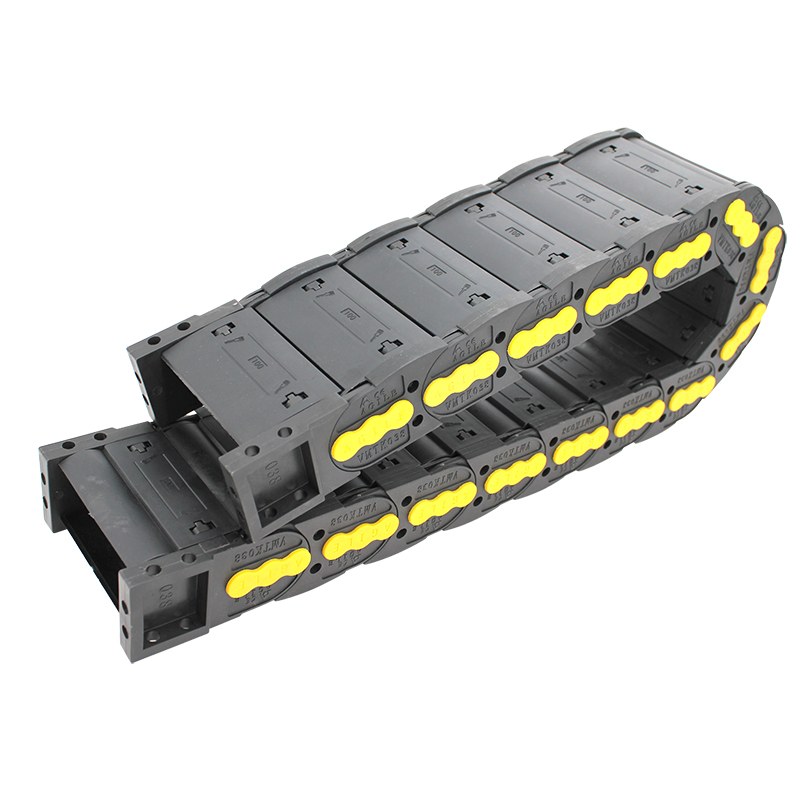An Overview of Different Types of Synchronous Belts for Various Applications and Uses
Understanding Synchronous Belt Types
Synchronous belts, often referred to as timing belts, are essential components in various mechanical systems and applications. They are designed to synchronize the rotation of shafts while transferring power efficiently. Synchronous belts use teeth to connect with pulleys, ensuring a precise fit that minimizes slippage and improves performance. This article delves into the different types of synchronous belts, their applications, benefits, and considerations for selecting the right type for your needs.
Common Types of Synchronous Belts
1. HTD (High Torque Drive) Belts HTD belts are among the most common types of synchronous belts. Their design features a wider tooth profile, allowing them to handle high torque loads effectively. They find applications in robotics, automotive systems, and CNC machinery where precision is critical.
2. XL (Extra Light) Belts Often used in smaller mechanical systems, XL belts are designed for lightweight applications. Their narrow width and tooth pitch make them suitable for low-torque situations, such as hobby projects and small appliances.
3. L (Light) and H (Heavy) Belts The L and H series are variations that cater to different torque requirements. L belts are ideal for rather light loads, while H belts are designed for higher power transmission. They are commonly used in industrial machinery and conveyor systems.
4. MXL and 3M Belts These belts are often utilized in 3D printers and small machinery. Their design allows for high accuracy in positioning and movement, making them ideal for applications requiring precision.
5. Rubber and Polyurethane Synchronous Belts The material used in synchronous belts greatly affects their performance. Rubber belts offer flexibility and cushioning, while polyurethane belts are more durable and resistant to wear, making them suitable for harsher environments.
Benefits of Using Synchronous Belts
synchronous belt types

One of the primary advantages of synchronous belts is their ability to provide precise timing and avoid slippage. This ensures that machinery operates smoothly and efficiently, which is critical in applications like automotive engines and robotic systems. Additionally, synchronous belts are relatively low maintenance compared to chain drives or gears. They operate quietly and do not require lubrication, reducing operational costs and downtime.
Moreover, these belts can transmit a significant amount of power over a distance without the need for tensioners or additional components, simplifying the design of machinery. This results in lighter, more compact systems that can perform effectively in various environments.
Considerations for Selecting Synchronous Belts
When selecting a synchronous belt, several factors should be taken into account. First, it is essential to evaluate the load and torque requirements of your application. Higher torque applications will necessitate more robust belt designs like HTD or H series belts.
The environment in which the belt will operate is also crucial. If the application involves exposure to chemicals, heat, or moisture, consider using belts made from materials that can withstand those conditions, such as polyurethane.
Additionally, the size and spacing of the pulleys will influence the choice of belt. Proper alignment is vital for optimal performance, so ensure that the belt and pulleys are compatible.
Conclusion
Synchronous belts play a pivotal role in many mechanical systems, offering precision, efficiency, and reliability. Understanding the various types of synchronous belts and their unique benefits can help engineers and technicians select the right components for their applications. As technology continues to advance, synchronous belts will remain integral to the evolution of machinery and automation, driving innovation across various industries. Whether you are working on industrial machinery, automotive systems, or even DIY projects, the appropriate use of synchronous belts can significantly enhance performance and longevity.








